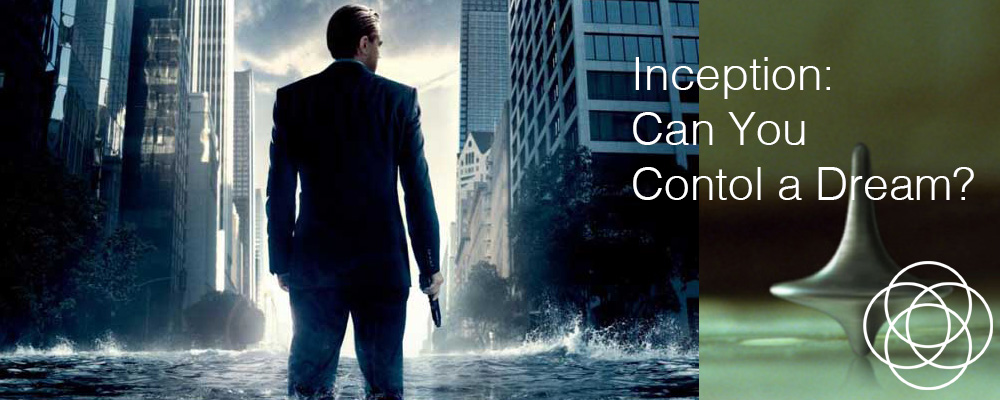Can you control your dreams?
Can you control other people’s dreams?
Have you seen the movie Inception, directed by Christopher Nolan and starring Leonardo DiCaprio, released in recent weeks? It’s about a team of people who control other people’s dreams and get them to reveal their secrets.
The team is asked to go one stage further: to control a target’s dream and implant an idea, so that when that target wakes up, he believes the idea is his own, and acts on it. (It makes a great story, but there are easier ways to do this, such as hypnosis, NLP, and suggestion wrapped in analogy.)
I won’t spoil your enjoyment of the movie by saying any more, except that the fiction raises many questions about dreams and reality, and the question of controlling dreams is top of the list.
So, can you control your dreams? Yes. I’ll tell you how. But let’s look at the other question first!
Can you control other people’s dreams?
You can’t control another person’s dream, but you can certainly influence it.
One way is to manipulate the dreamer’s environment. Dreams often incorporate external stimuli. For example, if the room temperature suddenly becomes very cold, the dream weather may change to snow, or the dreamer may dream of being in a refrigerated room, or of getting goosebumps, thinking a ghost is in the room.
Have you ever woken to discover the strange sound in your dream was really your alarm clock beeping, a phone ringing, or a siren screaming? Here’s one of mine that will make you laugh.
So although you have no control over what will happen in a person’s dream, you can influence the dream and you may successfully influence it along the direction of your intention. I’m sure you don’t need me to warn you not to do this unless your dreamer invites you to experiment. It’s unethical.
If you do something to challenge a person’s understanding of their world, it’s highly likely that the challenge will be processed in the dreamer’s dream either that night or the night after. Our dreams process our conscious and unconscious experiences of the last 24-48 hours as we continually try to make sense of our world. It’s a bit like updating your hard drive: updating your thoughts and beliefs about your world based on all your past experiences, emotions and memories. Anything new and challenging is top of the list for processing in a dream. So while you can’t control a person’s dreams, you can certainly influence them, intentionally or unintentially.
Can you control your own dreams? Yes, but it takes dedication to achieve this! This is what to do:
To take control in a dream, you need to be aware that you are dreaming. Usually we think a dream is real. We have no idea that we have a waking reality until the moment we wake up and realise that what seemed so real was, in fact, a dream. When you realise that you are dreaming and continue to dream, knowing that you also have a waking life, you are ‘lucid dreaming’. That’s the point at which you can take control and drect your dream. You might want to fly, or walk through a wall, or practice something you’d like to achieve in waking life. But first, you need to become lucid, so how can you do this?
Choose a totem. This might be a new bracelet you wear on your wrist, a special pebble you carry in your pocket, a fingernail you paint blue – anything! Look at your totem every half hour throughout the day, and ask yourself: ‘Am I dreaming?’ Seriously consider the question. Look around for evidence that you are dreaming. Then apply the acid test: levitate. If you don’t levitate, you’re probably not dreaming. If you DO levitate, then you absolutely know you are dreaming. That’s the point at which you can take control of your lucid dream. (Note: choose a safe test like levitating rather than a dangerous test like leaping from a high place expecting to fly!)
Why do you need a totem? Your dream processes your experiences of the last 24-48 hours, so looking at that new totem every half hour is a weird enough experience for your dreaming mind to prioritise. Your dream is likely to feature the mysterious totem. Although your dream totem may look a bit different to your actual totem, it should work to prompt you to ask yourself that key question: Am I dreaming?
Well, are you? Can you levitate?
Watch me describing this on Sunrise, Channel 7: (2019: Video clip no longer live.)

